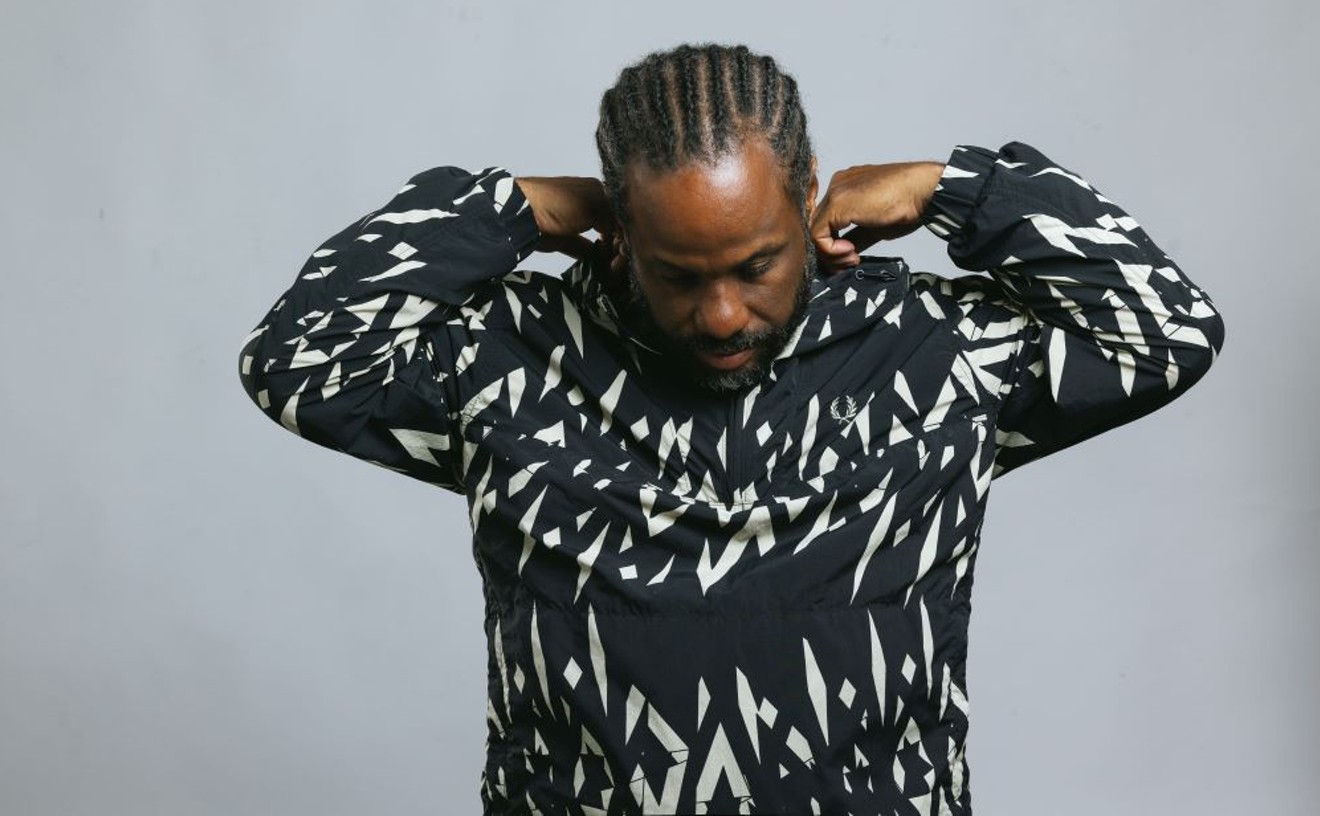Do we need another look back at the rotten heart of the '50s nuclear family? Ira Sachs thinks we do, and as one who can't get enough of sweaty melodramas about rotting families, I'm with him in principle.
Mind you, Sachs' noticeably childless new movie is less about families than about cheating couples—you know, as in John Updike, plus guilt. And though 1940s film noir and the maternal melodrama cast a long shadow over Married Life, the movie rarely breaks a sweat. Slow, deliberate and russet to a fault, this quietly controlled chamber piece is based on a 1959 murder mystery by British writer John Bingham, who also doubled as a spy (and, word has it, was a model for John le Carré's super spy, George Smiley). If the movie's themes are desire and betrayal, there's more surveillance than carnality in the hushed couplings and decouplings of Harry, Pat, Richard and Kay, upstanding citizens of a Pacific Northwest suburb.
We meet Harry (Chris Cooper), a drably genteel company man whose thin, clamped mouth conceals cumulative misery, confessing to his bachelor friend Richard (Pierce Brosnan) in a bar that he's found "true happiness" in the arms of another woman but can't bring himself to divorce his happy-homemaker wife Pat (Patricia Clarkson) because, he believes, the news would kill her. This news comes as a surprise to the more sexually seasoned Richard, and when Harry's new squeeze Kay (Rachel McAdams) walks into the bar in a platinum-blond Kim Novak 'do and demurely lowered eyelashes, he resolves to go after her himself. Richard's voice-over takes us through the lying, cheating, dissembling and adventures in poisoned aspirin that follow, but there's not a reliable narrator in the pack—not even Pat, who has her own little sideline going with a lusty neighbor.
Sachs' previous features, Forty Shades of Blue and The Delta, which racked up sufficiently good notices to allow him to raid the top drawer of indie talent for Married Life, also dealt with the mysteries of domestic life. But Married Life is his first real excursion into genre filmmaking, and though it's a perfectly presentable effort, he lacks the passion and the radical vision of the filmmaker to whom he owes his biggest debt. Sachs co-wrote the script for Married Life with Oren Moverman, who also co-wrote Todd Haynes' I'm Not There, and though the imprint of Douglas Sirk is all over Sachs' homage to old movies about restless men in bad suits and untrustworthy women in lovely frocks, his immediate reference point is clearly Haynes' Far From Heaven.
Like Haynes, Sachs means to solicit our sympathy for each one of this hapless crew, who, with one significant exception, aren't so much cynical swingers as earnest suburbanites blinded by self-justification and repressed desire. But where Far From Heaven continually renews itself by expanding upon and deepening each character's pent-up longings, Married Life sews them up in neatly attenuated reversals—the sexed-up wifey versus the prim Other Woman, the straight arrow with murder in his heart, the rolling stone who's ready to gather a little moss. Where Far From Heaven's lush cinematography and production design bespeak a world bursting with deflected desire, Married Life is diligently period-correct in the manner of television drama. The movie doesn't lack for formal ambition—Sachs is juggling several genres here and, lacking Haynes' technical mastery, is finally undone by them. Where Haynes, in his dissident way, insists on the ineluctably American pursuit of individual happiness, Sachs seems undecided about whether he wants us to giggle at Harry or purse our lips. Where Haynes dared to risk pedagogy by overlaying the 1950s with the questions of race, gender and class that preoccupy his entire oeuvre, Married Life ventures no commentary at all.
Maybe there's nothing more to say and American cinema has finally exhausted its ragging on the most maligned decade of the 20th century. Maybe someday soon, imaginative filmmakers will question our smug ruling myths about the miseries and repressed passions of '50s suburbia. Maybe they'll discover that we, with our unisex-less Gap and Banana Republic uniforms and our sublimation of desire into health and fitness and too much food, live in far more sublimated and sexually terrified times than Harry and Pat and Richard and Kay could ever have dreamed of.










